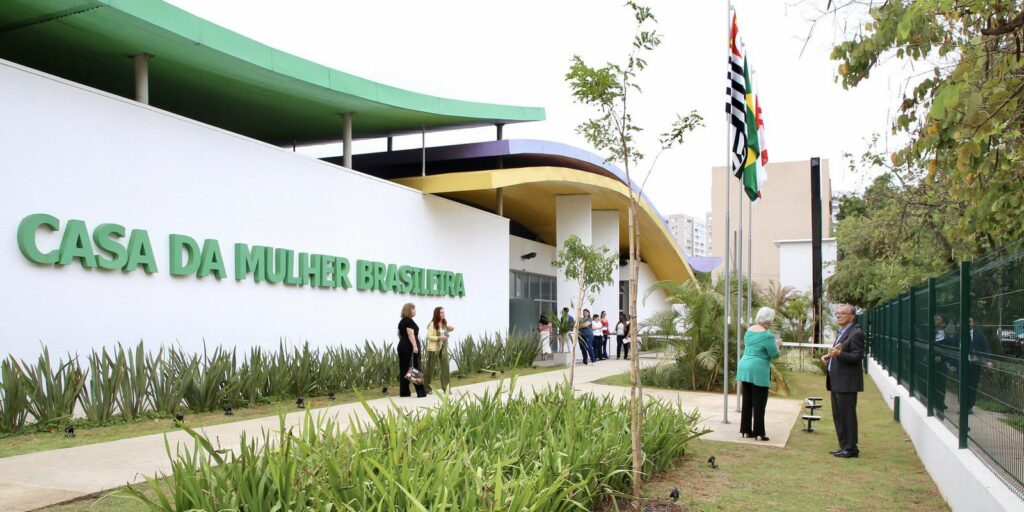The manufacturing industrial production index (IPI manufacturing) registered an increase of 6.3% in January, compared to the same month in 2022, while construction activity advanced 2.6% in the same period, the National Institute reported on Wednesday. of Statistics and Censuses (Indec).
In January 2023, the industry seasonally adjusted series index showed a positive variation of 0.7% compared to December.
Meanwhile, the synthetic indicator of construction activity (ISAC) marked a rise, a positive variation of 4.3% compared to the previous month. In this way, both indicators interrupted the falls that they had recorded in recent months in the seasonally adjusted series (in the comparison against the previous month).
In January 2023, fourteen of the sixteen divisions of the manufacturing industry presented year-on-year increases, led by “Food and beverages”, 9.1%; “Basic metal industries”, 8.9%; “Automotive vehicles, bodies, trailers and auto parts”, 24.8%.
With smaller increases were located “Metal products”, 15.2%; “Rubber and plastic products”, 10.3%; “Clothing, leather and footwear”, 12.0%; “Non-metallic mineral products”, 7.3%; “Oil refining, coke and nuclear fuel”, 8.3%; “Furniture and mattresses, and other manufacturing industries”, 10.5%; “Machinery and equipment”, 6.1%; “Textile products”, 5.8%; “Tobacco products”, 5.4%; “Wood, paper, publishing and printing”, 0.1%; and “Other equipment, apparatus and instruments”, 0.3%.
At the other extreme, the divisions of “Chemical substances and products” showed decreases, 4.5%; and “Other transport equipment”, 3.3%.
In the case of apparent consumption of construction inputs in January 2023, the greatest increases, in relation to the same month of the previous year, were registered in finished concrete, 26.3%; in the rest of the inputs (includes faucets, seamless steel tubes and glass for construction), 15.8%; and plaster, 11.4%.
There were also increases in plasterboard, 10.9%; granite and calcareous mosaics, 10.4%; portland cement, 9.2%; asphalt, 7.9%; construction paints, 5%; and in round iron and steel for construction, 2.7%.
Meanwhile, decreases of 26% are observed in floors and ceramic coverings; 20.8% in ceramic sanitary ware; 13.5% in hollow bricks; and 8.7% in limes.
As a complement to the ISAC data, INDEC publishes information on jobs registered in the construction activity in the private sector, referring to the jobs for which contributions are made and contributions to the pension system.
In December 2022, this indicator registered a rise of 15.8% with respect to the same month of the previous year; and, in the accumulated of 2022, this indicator presented a rise of 16.0% with respect to the same period of the previous year.
Meanwhile, the area to be built, authorized by the building permits granted for the execution of private works in a representative list of 176 municipalities, registered a 31.2% drop in December 2022 compared to the same month of the previous year.
The accumulated authorized area during 2022 registered a decrease of 9.2% compared to the same period of the previous year.
Regarding the prospects for the sector for the period February-April 2023, the qualitative construction survey, carried out among large companies, shows mixed expectations regarding the level of activity expected for the period, depending on whether they are mainly engaged in private works or public.
Indeed, 63.4% of the companies that carry out mainly private works foresee that the level of activity in the sector will not change during the next three monthswhile 19.7% estimate that it will decrease and 16.9% that it will increase.
And, among the companies dedicated mainly to public works, 47.8% believe that the level of activity will not change during the period February 2023-April 2023, while 33.3% believe that it will increase and 18.9%, that will decrease.


















